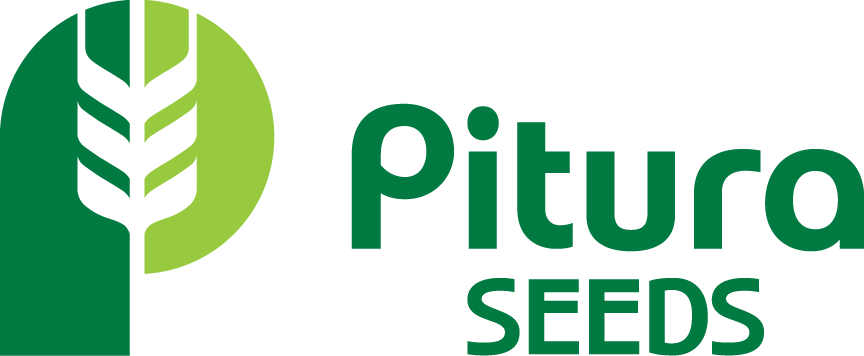Plant Growth Regulators – Timing and Activity in our Crops
Lodging in cereals is not a new issue for farmers and we have learned that there are actions that can be taken early in the season that can help prevent your crop from lodging.
- Avoiding excessively high plant stands
- Being cautious to matching your N – inputs to your yield objectives
- Paying attention to moisture and temperature conditions during stem elongation and evaluating the use of growth regulators
Questions come in every spring about the timing for application of growth regulators – an important question because the window of opportunity to apply is narrow in a plant’s growth. I wanted to take the time to dive into how the PGRs are working in the plants physiology to get a better understanding of why they behave the way they do.
The 2 most common PGRs talked about in Manitoba are Manipulator and Moddus. When applied to the crop, both of these products act as suppressants of one of the main growth hormones in plants, Gibberellin (GA). GA acts to stimulate cell elongation and cell division within the plant. This hormone has various roles throughout the plant life cycle starting from promoting germination, stimulating stem and root growth (the stage we normally target with a PGR) as well as regulating the transition into reproductive stages.
The most optimal timing for application of a PGR starts at the beginning of stem elongation when the growing point is starting to come about the ground level and the absolute cut off for application is when the flag leaf is emerging – any later is too risky that the head is starting to move up the stem. If you apply a PGR when the head is starting to emerge, you risk stunting the elongation of the stem and having the head stuck in the boot – this can be exaggerated in drought or stressed conditions.
When it comes to applying PGR outside the optimal window, earlier is better than later. You can apply a ½ rate with your herbicide pass, but delay this application until 5-6 leaf. Any earlier and you will not see much effect of the product. A product like Manipulator is a good option for an earlier application because it takes a bit more time to be metabolized through the plant and take effect.
Although Manipulator and Moddus are both acting on the same hormone, they tend to have slightly different action and residual activity in crops. Both products are blocking the formation of Gibberellins however Moddus tends to be metabolized in the plants quicker – this can be an advantage or disadvantage and is the reason why the window for application is slightly narrower for Moddus.
Occasionally, a cereal crop will not show significant height decrease after the application of a PGR. Sometimes, the PGR is effective during stem elongation phase, but once the product has been fully metabolized and if growing conditions are favorable for stem elongation, the plant may compensate for the lack of Gibberellins in its system and you may see accelerated growth later on when the head is emerging. However, you would still likely see reduced lodging because the product strengthened the base of the plant.
I also gathered that Manipulator tends to see the best results in wheat whereas Moddus tends to see the best results in oats and barley.
It’s important to watch what environmental conditions are before applying a PGR but it can certainly act as a lodging and harvestability aid when applied properly!
~Katie Meggison
